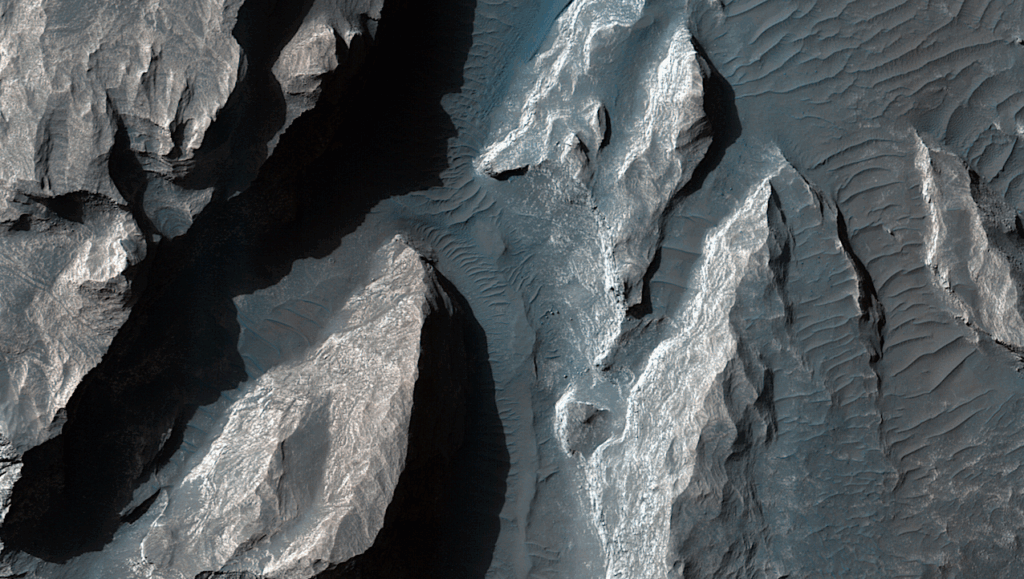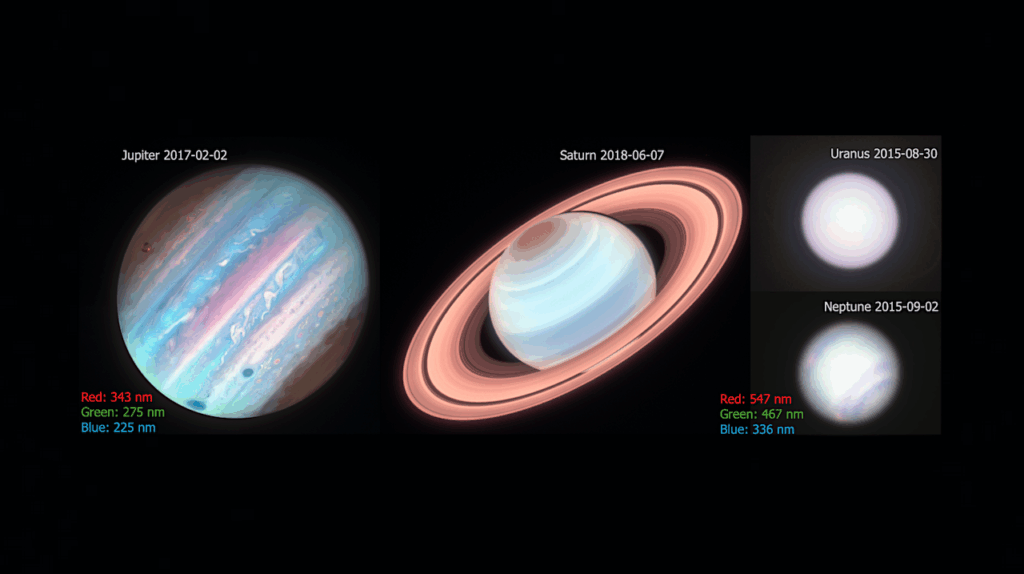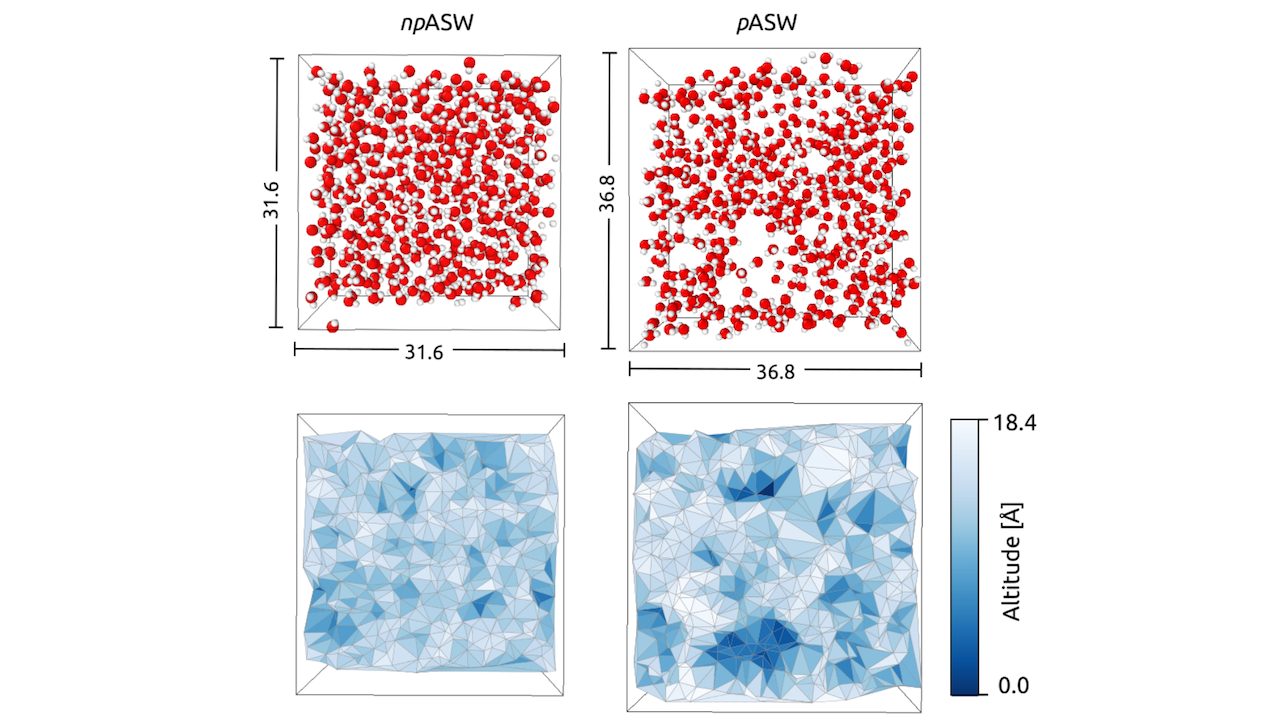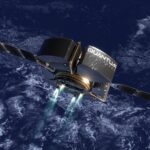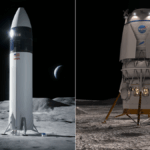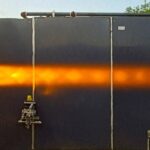Now Reading: Machine Learning Revolution For Exoplanet Direct Imaging Detection: Transformer Architectures
-
01
Machine Learning Revolution For Exoplanet Direct Imaging Detection: Transformer Architectures
Machine Learning Revolution For Exoplanet Direct Imaging Detection: Transformer Architectures
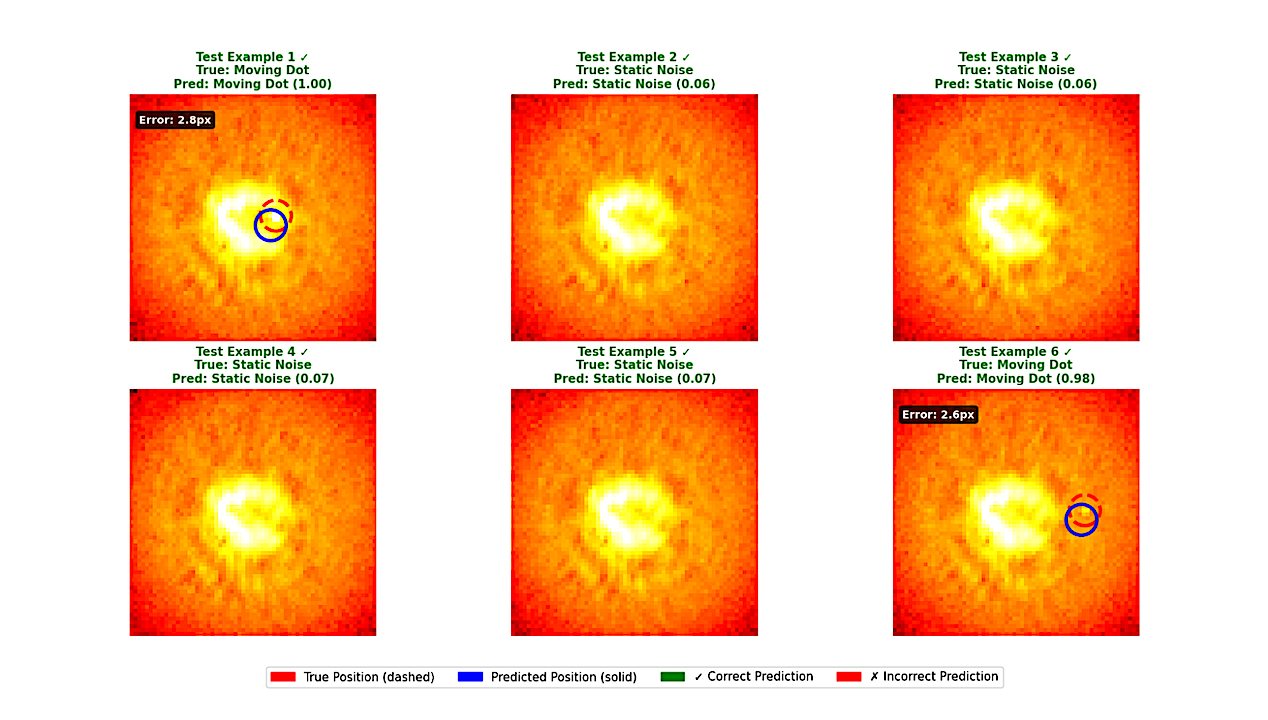
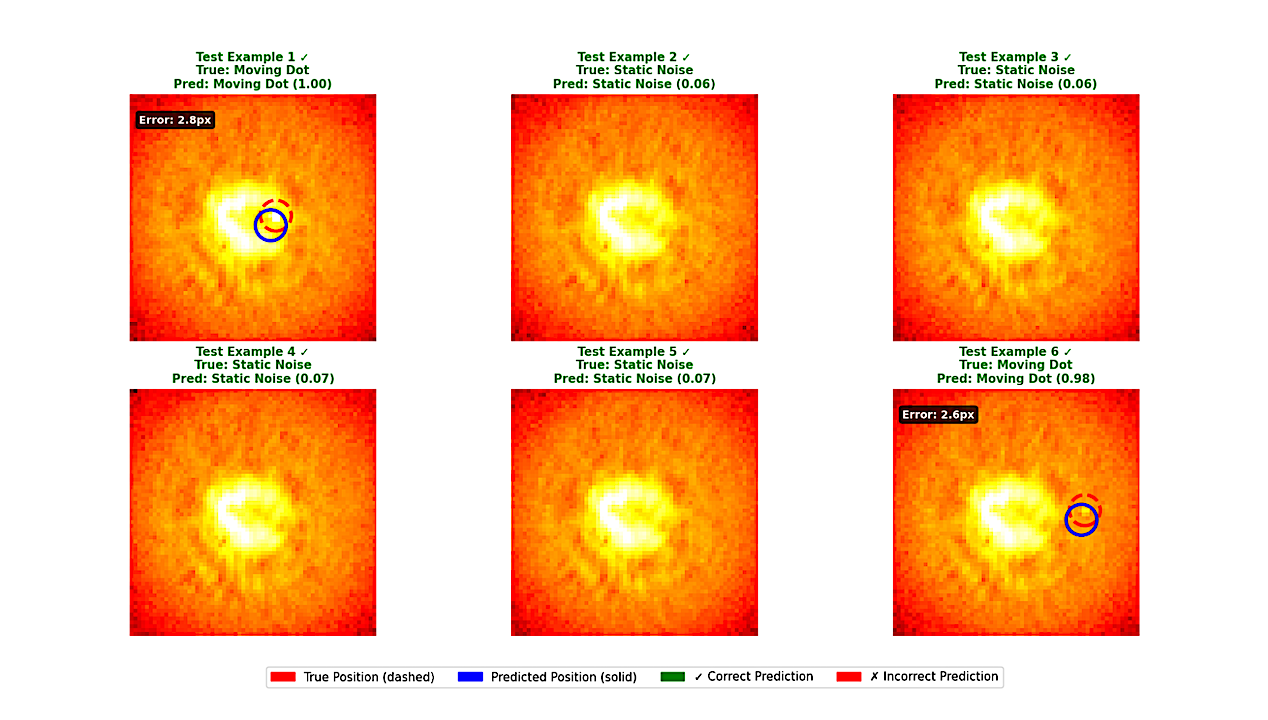
Model prediction on a test sequence from the semi-synthetic TW Hya dataset. The red circle indicates the true position of the injected planet in each frame. In the first frame, the model’s successful prediction is shown with a blue circle and yellow text, demonstrating a position accuracy of a few pixels in a realistic data environment. — astro-ph.EP
Directly imaging exoplanets is a formidable challenge due to extreme contrast ratios and quasi-static speckle noise, motivating the exploration of advanced post-processing methods.
While Convolutional Neural Networks (CNNs) have shown promise, their inherent limitations in capturing long-range dependencies in image sequences hinder their effectiveness. This study introduces a novel hybrid deep learning architecture that combines a CNN feature extractor with a Transformer encoder to leverage temporal information, modeling the signature of a planet’s coherent motion across an observation sequence.
We first validated the model on a purely synthetic dataset, where it demonstrated excellent performance. While the final metrics varied slightly between training runs, our reported trial achieved 100.0% accuracy, a 100.0% F1-score, and a position accuracy of 0.72 pixels, showing strong results on this specific test case in comparison to traditional methods like median subtraction and PCA-KLIP.
To assess its viability on realistic data, we retrained the model on a semi-synthetic dataset created by injecting planet signals into actual high-contrast imaging observations of the TW Hya protoplanetary disk from JWST. The model successfully identified the injected signals with high confidence, confirming its ability to function amidst complex, correlated noise and bright disk features.
This work serves as a successful proof-of-concept, demonstrating that a CNN-Transformer architecture holds significant promise as a fast, accurate, and automated method for exoplanet detection in the large datasets expected from current and future high-contrast imaging instruments.
Yu-Chia Lin
Comments: Presented at the SPIE Optics + Photonics 2025 conference in the “Techniques and Instrumentation for Detection of Exoplanets XII” session
Subjects: Earth and Planetary Astrophysics (astro-ph.EP); Instrumentation and Methods for Astrophysics (astro-ph.IM)
Cite as: arXiv:2508.14508 [astro-ph.EP] (or arXiv:2508.14508v1 [astro-ph.EP] for this version)
https://doi.org/10.48550/arXiv.2508.14508
Focus to learn more
Submission history
From: Yu-Chia Lin
[v1] Wed, 20 Aug 2025 07:56:14 UTC (1,064 KB)
https://arxiv.org/abs/2508.14508
Astrobiology,
Stay Informed With the Latest & Most Important News
-
 012024 in Review: Highlights from NASA in Silicon Valley
012024 in Review: Highlights from NASA in Silicon Valley -
 02Panasonic Leica Summilux DG 15mm f/1.7 ASPH review
02Panasonic Leica Summilux DG 15mm f/1.7 ASPH review -
 03How New NASA, India Earth Satellite NISAR Will See Earth
03How New NASA, India Earth Satellite NISAR Will See Earth -
 04And Thus Begins A New Year For Life On Earth
04And Thus Begins A New Year For Life On Earth -
 05Astronomy Activation Ambassadors: A New Era
05Astronomy Activation Ambassadors: A New Era -
06SpaceX launch surge helps set new global launch record in 2024
-
 07Space Force plans new ‘Futures Command’ amid pressure to speed up modernization
07Space Force plans new ‘Futures Command’ amid pressure to speed up modernization













